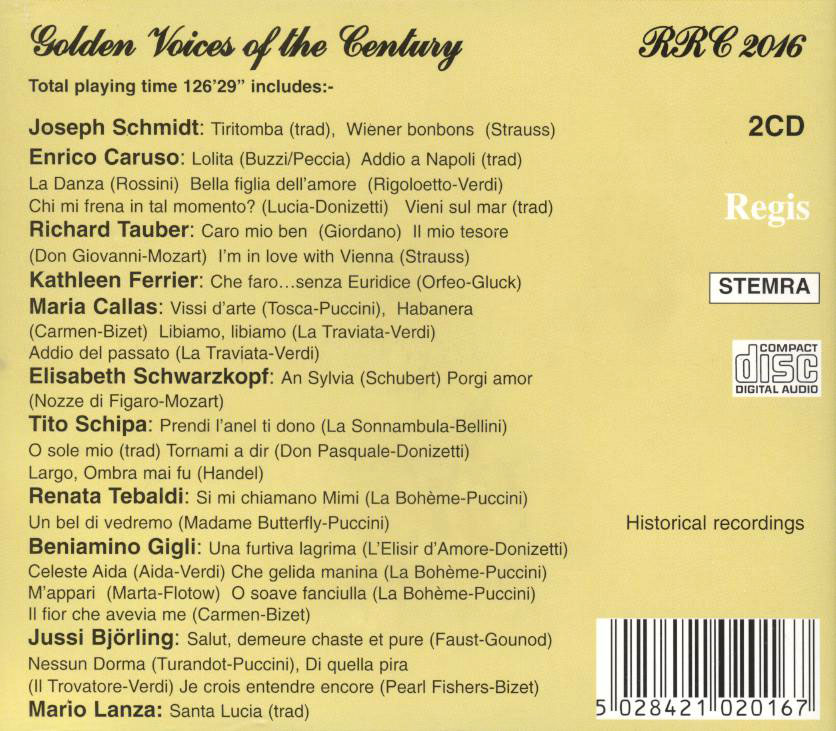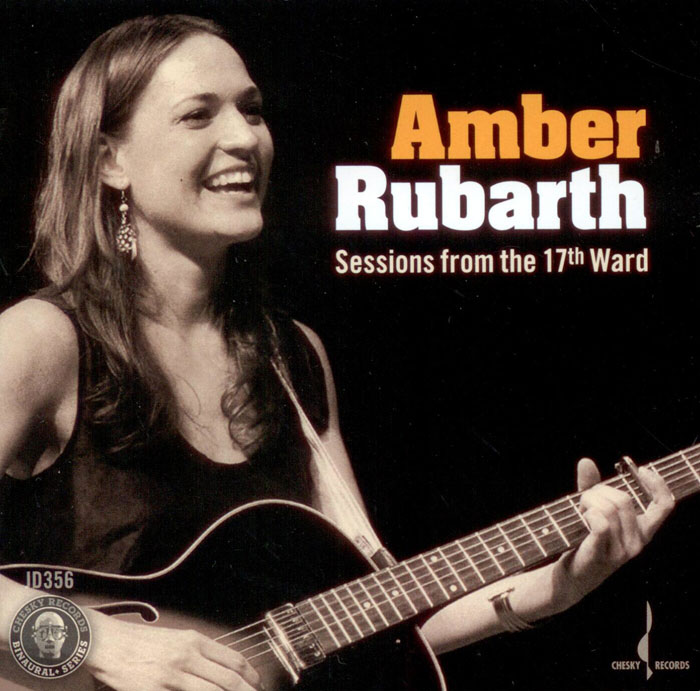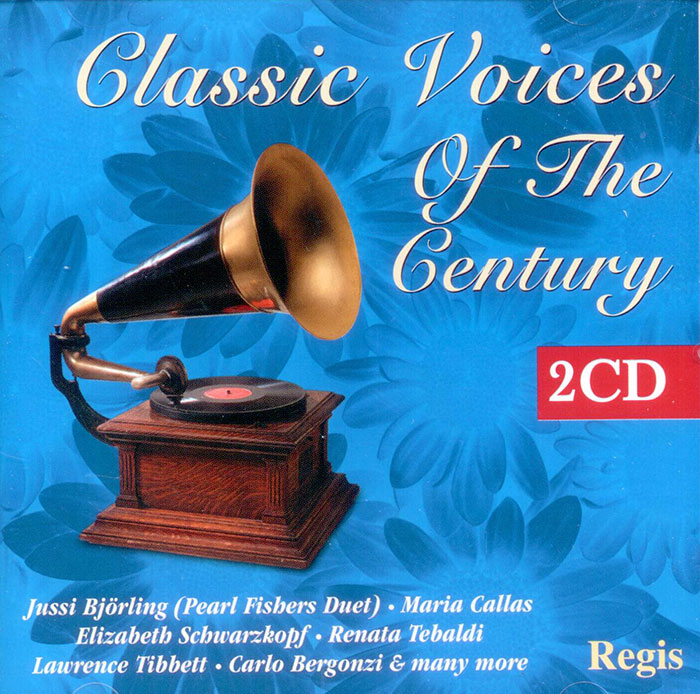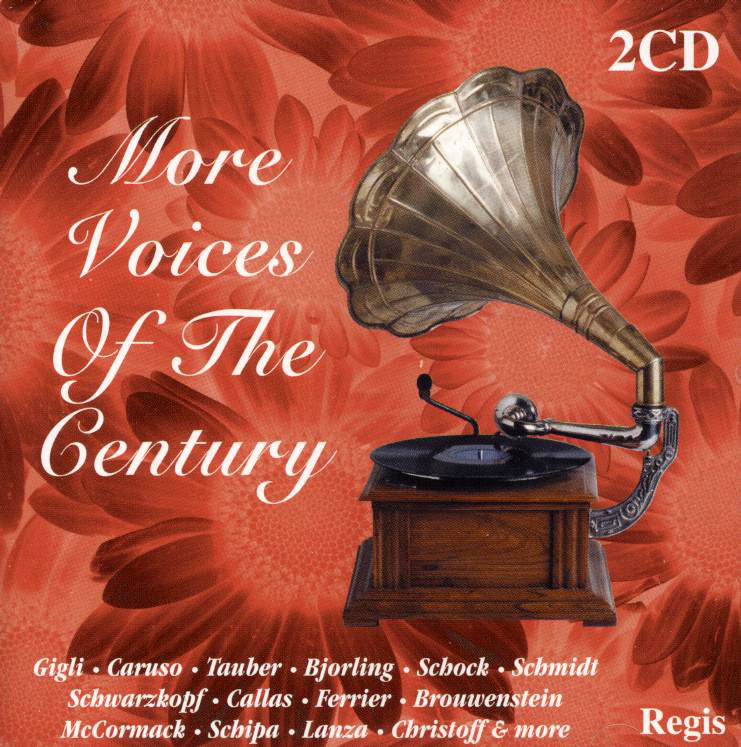Logowanie
Mikołaj - ten to ma gest!
Elton John, The Mamas & The Papas, Cat Stevens, Rod Stewart, Bobbie Gentry, Stevie Wonder, Engelbert Humperdinck
Memory Lane
Edycja Numerowana - 1000 egzemplarzy w skali światowej
RACHMANINOV, Eiji Oue, Minnesota Orchestra
Symphonic Dances / Vocalise
Best Recordings of 2001!!! NAJCZĘŚCIEJ KUPOWANA PŁYTA Z RR!
Karnawał czas zacząć!
Music of Love - Hi-Fi Latin Rhythms
Samba : Music of Celebration
AUDIOPHILE 24BIT RECORDING AND MASTERING
CHOPIN, LISZT, DEBUSSY, DVORAK, Gerhard Oppitz
Dances romantiques - A fantastic Notturno
Wzorcowa jakość audiofilska z Clearaudio
Winylowy niezbędnik
ClearAudio
Double Matrix Professional - Sonic
najbardziej inteligentna i skuteczna pralka do płyt winylowych wszelkiego typu - całkowicie automatyczna
Enrico Caruso, Richard Tauber, Maria Callas, Elisabeth Schwarzkopf, Renata Tebaldi
Golden Voices of the Century
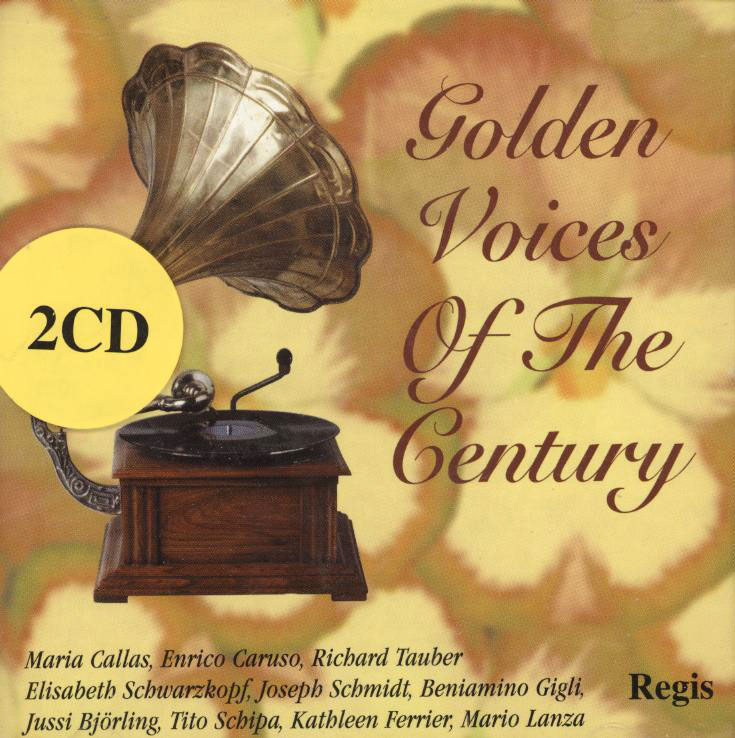
- CD1 (66'06")
- 1. Joseph Schmidt: Tiritomba (trad) 2.32
- 2. Enrico Caruso: Lolita (Buzzi/Peccia) 2.51
- 3. Richard Tauber: Caro mio ben (Giordani) 2.56
- 4. Elisabeth Schwarzkopf: An Sylvia (Schubert) 3.17
- 5. Tito Schipa: Prendi l’anel ti dono (La Sonnambula-Bellini) 3.11
- 6. Reenata Tebaldi Si mi chiamano Mimi (La Boheme-Puccini) 5.05
- 7. Mario Lanza: Santa Lucia (trad) 2.37
- 8. Maria Callas: Vissi d'arte (Tosca-Puccini) 3.34
- 9. Jussi Bjorling: Salut, demeure chaste et pure (Faust-Gounod) 4.53
- 10. Enrico Caruso: La Danza (Rossini) 3.04
- 11. Beniamino Gigli: Celeste Aida (Aida-Verdi) 4.26
- 12. Tito Schipa: O sole mio (trad) 2.28
- 13. Enrico Caruso: Addio a Napoli (trad) 3.10
- 14. Maria Callas: Habanera (Carmen-Bizet) 4.01
- 15. Jussi Bjorling: Nessun Dorma (Turandot-Puccini) 3.19
- 16. Kathleen Ferrier: Che faro..senza Euridice (Orfeo-Gluck) 5.59
- 17. Jussi Bjorling: Je crois entendre encore (Pearl Fishers-Bizet) 3.33
- 18. Beniamino Gigli: M'appari (Marta-Flotow) 3.13
- Disc 2
- 1. E.caruso, Vieni sul mar (trad) 3.28
- 2. Maria Callas: Addio del passato (La Traviata-Verdi) 3.23
- 3. Joseph Schmidt: Wiener bonbons (Strauss) 2.10
- 4. Richard tauber: Il mio tesore (Don Giovanni-Mozart) 4.07
- 5. Elisabeth Schwarzkopf: . Porgi amor (Nozze di Figaro-Mozart) 3.39
- 6. Beniamino Gigli: Una furtiva lagrima (L'Elisir d'Amore-Donizetti) 4.17
- 7. Tito Schipa: Ombra mai fu (Handel) 3.13
- 8. Richard Tauber: :I'm in love with Vienna (Strauss) 2.24
- 9. Renata Tebaldi: Un bel di vedremo (Madame Butterfly-Puccini) 4.52
- 10. Beniamino Gigli: Che gelida manina. (La Boheme-Puccini) 4.17
- 11. Jussi Bjorling: Di quella pira (II Trovatore-Verdi) 2.07
- 12. Enrico Caruso: Bella figlia dell'amore (Rigoletto-Verdi) 4.28
- 13. Maria Callas: Libiamo, libiamo (La Traviata-Verdi) 2.44
- 14. Beniamino Gigli: Il fior che avevia me (Carmen-Bizet) 3.55
- 15. Tito Schipa: Tornami a dir (Don Pasquale-Donizetti) 2.43
- 16. Enrico caruso: Chi mi frena in tal momento? (Lucia di Lammermoor-Donizetti) 4.01
- 17. Beniamino Gigli: O soave fanciulla (La Boheme-Puccini) 3.06
- Enrico Caruso - tenor
- Richard Tauber - tenor
- Maria Callas - soprano
- Elisabeth Schwarzkopf - soprano
- Renata Tebaldi - soprano
Joseph Schmidt (1904-1942) had two insurmountable obstacles to overcome: the first was his diminutive size that prevented him from ever having a successful career in opera; the second was the rise in 1933 of the Nazi Party, which unfortunately coincided with his own. He did however become popular on the radio and on film (eg My song goes round the world of 1934 which includes one of the sunniest of film songs 'I am happy when it's raining'). Proof of his popularity came also with the phenomenal sales of his recordings for Parlophone-Odeon. Brought up in Romania his initial vocal training was in the synagogue and having studied for a period in Berlin he returned as Cantor to that same synagogue in Cernowitz. There he attracted the attention of the renowned baritone Cornelius Bronsgeest who did his best to give Schmidt's voice the attention it deserved, as did Richard Tauber. Unfortunately Schmidt found himself inevitably blacklisted in Germany where his films were banned and his recordings withdrawn. However he became a favourite in England and also, following a successful tour, in the USA. In 1939 he made the mistake of revisiting his family in Cernowitz and found himself unable to return to America, only getting as far as Switzerland where he was placed in a refugee camp. Forced to spend his time digging ditches he suffered two heart attacks, the second proving fatal. His phenomenal upper register appeared to be effortless, and his sheer joy of singing belied the tragedy of his personal life. There can be little doubt that Enrico Caruso (1873-1921) was the most gifted tenor of all time. Coming from a poor background he was largely self-taught, but learnt much from observing others. He was blessed with the perfect physique for a singer (the high formation and size of the inside of his mouth and throat were amazing, and he had wonderfully instinctive sense of how to produce the required sound) and was also highly intelligent, being able to master languages and memorize numerous lengthy roles with ease. He made his debut in Faust in 1894, but his springboard to fame was playing Rodolfo (Boheme) in 1898. His London debut as the Duke (Rigoletto) in 1902 followed soon after making his first recordings. His performances at the 1904 season at Covent Garden attracted even greater notice and later in the decade he took the Metropolitan Opera in New York by storm. He received numerous awards from many countries, made a huge fortune and generously donated much of it to good causes and excolleagues. In mid-career he had been threatened with loss of voice, but recovered. However in 1920 he suffered a haemorrhage during a performance of L'elisir d'amore and found performing increasingly painful. In all he made over 200 recordings that have continued to sell well, having been remastered many times over. The great Austrian tenor Richard Tauber (1892-1948) made his debut as Tamino (Die Zauberflote) in 1913 in Chemnitz, and was immediately signed for the Dresden Opera. From 1919 he appeared regularly at the Mozart Festivals in Munich and Salzburg. His impeccable style and sense of fun (he clearly enjoyed his concerts as much as his audiences) served to make him one of the greatest ever interpreters of Viennese operetta, and he had a wonderfully productive professional relationship with Franz Lehar. British audiences were able to savour him in operetta first in a famous production of Land of Smiles at Drury Lane in 1931 and later, having abandoned Nazi Europe, he settled in London singing in Don Giovanni, Entfuhrung, Zauberflote and Bartered Bride. He rejoined his Viennese colleagues on their triumphant visit to London in 1947 when a very sick man and died less than three months later. As a composer he wrote a number of shows and songs and appeared in several films that featured his own music. Elisabeth Schwarzkopf , born in 1915, also made her name singing Mozart, having studied under the great coloratura singer Maria Ivogun and made her debut at the Stadtische Oper in Berlin in 1938. After the war she performed regularly at Covent Garden, Salzburg and La Scala singing at these houses almost every season until the mid 1960s. She also sang most seasons at San Francisco between 1955 and 1964. Known principally for her interpretations of Mozart and Richard Strauss, she also pursued a highly successful Lieder career and sang a good deal of twentieth century music, including creating Anne Trulove (Rake's Progress) in 1951. She was married to Walter Legge and made a number of memorable recordings. She had a loyal following but was also criticised for an overly artful approach that occasionally marred her otherwise superb interpretations. Her farewell to the stage came in 1972 with her greatest role, the Marschallin (Der Rosenkavalier) and she has since devoted much time to teaching. Undoubtedly the greatest tenore di grazia of his generation, Tito Schipa (1889-1965) made his debut as Alfredo (La Traviata) in 1910 and joined the La Scala company in 1915. Two years later he created Ruggero (La Rondine) and soon after made a triumphant American debut in Chicago where he sang for twelve seasons until 1932, later transferring to the Metropolitan Opera and continuing to perform regularly in Rome and Milan. His greatest recordings were of the Italian Romantic composers (especially these duets with Toti dal Monte) and of song but he also was highly in demand in French opera, in particular Werther, Manon, Lakme and Mignon. Like Tauber he also composed a number of songs. Renata Tebaldi (born in 1922) continued the line of fine lyric sopranos such as Cigna, Muzio and Caniglia who all possessed a warm lower register that could rise to effortless yet immensely powerful high notes so well suited to mature Verdi and early twentieth century Italian opera. Indeed it comes as a shock to find that much of her early career (debut 1944) was spent singing Mozart, Handel and Rossini. It was however in the roles of Desdemona and Aida (for which she was coached by Toscanini) that she achieved international success in Europe and the USA and to these were added Cilea's Adriana Lecouvreur, Maddelena in Andrea Chenier and the Puccini heroines Tosca, Butterfly and Mimi. She denies her side of the public feud with Callas, but if not given to quarrelling with fellow singers she most certainly was not afraid to stand up for what she felt was right in matters of interpretation. Although she made many fine studio recordings for Decca (her Desdemona, Mimi and Butterfly are arguably the finest available), it is the 'live' performances that best capture her voice, for example her Tosca under Mitropoulos and the South American Chenier with Tucker. There may be those who are surprised to find Mario Lanza (1921-1959) in this collection but no one can deny that he possessed one of the most natural tenor voices of the twentieth century. Like his idol Caruso he was largely self-taught and the story of how he was overheard singing by Koussevitzky whilst delivering a piano and invited to Tanglewood to study alongside Bernstein and others has passed into legend. When called up to the army he sang in the revue On the beam and following a concert at the Hollywood Bowl was offered contracts by RCA and MGM. He subsequently appeared in such films as Toast of New Orleans (1950), The Great Caruso (1951, which apparently inspired Domingo to become a singer) and The Student Prince (1954). However his Hollywood bosses became incensed as they saw his talent being squandered through a much publicised extravagant lifestyle and Lanza left Hollywood for Italy, dying there in 1959. Maria Callas (1923-1977) was another singer-actress whose unhappy personal life was paraded in public. Firstly there was the gossip over her weight, then the so-called feud between herself and Tebaldi. Lastly there was her abandonment by Aristotle Onassis for Jackie Kennedy. Born in New York her family moved to Athens where she took lessons from Elvira de Hidalgo who oversaw her debut as Tosca in 1942. The great tenor Giovanni Zenatello brought her to Maestro Serafin's attention and she appeared at Verona in La Gioconda. By the late 1940s she was based in Italy and covered a wide and punishing repertoire singing within the space of three days in Venice the Walkure Brunnhilde and Elvira in Puritani! La Scala welcomed her Aida with open arms in 1950, and Covent Garden (1952), Chicago (1954) and the Metropolitan Opera (1956) all did likewise. Her demanding standards led her (like Tebaldi) into many tussles with Directors and Intendants but the audiences loved her nonetheless, only showing their irritation when in the latter part of her career vocal problems led to cancellations. Her final operatic appearance was at Covent Garden as Tosca in 1965. Rather unwisely she made a comeback in 1973 in concerts with Giuseppe di Stefano (her partner in so many fine recordings) and died in Paris four years later. The Swedish tenor Jussi Bjorling (1911-1960) came from a musical family and as a boy sang in a successful quartet with his father and brothers, later taking lessons from Joseph Hislop in Stockholm. His debut as Don Ottavio in 1930 passed without much notice but gradually he became known to a wider public, in particular through his recordings of arias under Grevillius in the mid 1930s. In 1937 he sang in Chicago, followed by performances at Covent Garden and the Metropolitan Opera: suddenly he was a white-hot property and despite becoming a prey to self-doubt and taking refuge increasingly in alcohol, he r managed to preserve his velvety voice with ringing top notes intact right up to his death in 1960. His complete opera recordings of Boheme, II Trovatore and Manon Lescaut are among the finest ever made as are the famous duets made with Robert Merrill but pride of place must go to his incomparable 1947 'live' Romeo et Juliette from the Met. Occasionally a singer comes along who is treated with adulation by those who would never dream of setting foot inside an opera house: one such artist was Beniamino Gigli (1890-1957). He made his debut in Rovigo in Ponchielli's La Gioconda. As Caruso's career was closing, Gigli's began to flourish at the Metropolitan Opera in 1920, where for twelve seasons he ruled the roost in Italian opera. Covent Garden encountered him in 1930 and he performed in most Italian and South American opera houses regularly up to and during the Second World War. That Mussolini had held him in favour inevitably counted against him as he sought to revive his career in later years, but his records continue to sell in their thousands. He had his critics, particularly those who found his rather sentimental histrionics unacceptable, but nobody could find fault with the charming silky quality of his voice that was produced with such ease. Rather better known as a concert singer, Kathleen Ferrier (1912-1953) was a much beloved artist whose early death was a tragedy to the world of music. She took lessons from Roy Henderson and made her stage debut as Lucretia in Britten's opera at Glyndebourne in 1946, returning the following year to give an unforgettable Orpheus, a role that she repeated at the Holland Festival. Fortunately she made a great number of recordings for Decca ranging from baroque to folksong and these, as well as the 'live' recordings present a valuable testament to her art. ©James Murray 2000 Newquay





























